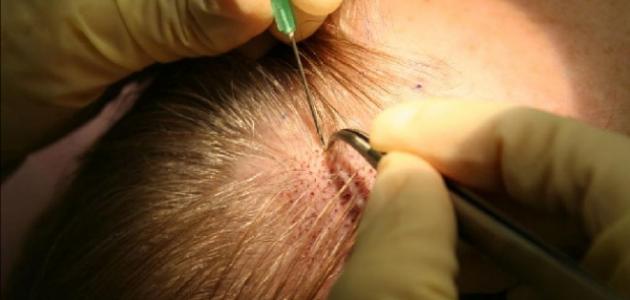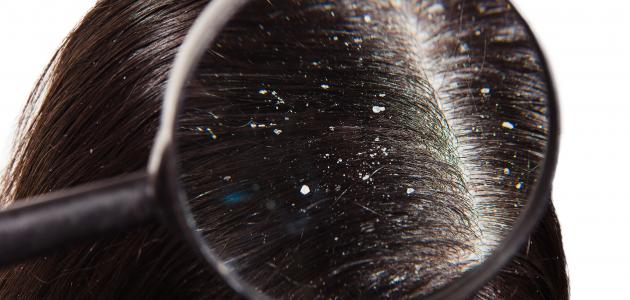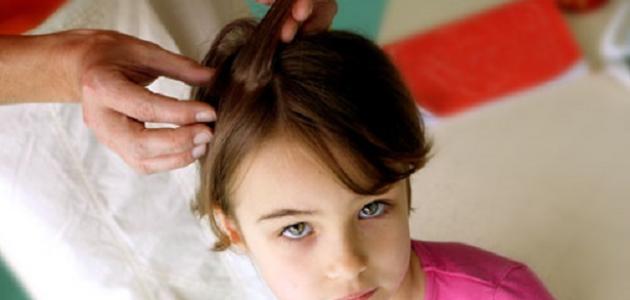Hair transplant steps
Hair transplantation (in English: Hair Transplant) can be defined as a procedure or surgical operation in which hair is transferred to a bald area of the head. Hair is usually transferred from the back or side of the head, to the front or top of the head. This process is usually performed in a medical center under Local anesthesia, by performing the following steps:
- Clean the scalp completely, then numb an area of the head with local anesthesia using a small needle.
- Remove a round piece of scalp covered with hair using a medical scalpel, then separate the removed piece into small sections using a sharp medical knife and a magnifying glass.
- Make small holes using a blade or needle in the area of the head where the hair is to be transplanted, and place the hair in it.
- Covering the scalp for several days, and removing the stitches ten days after surgery. The person may need three to four sessions, separated by several months, to cover the entire head with hair.
Note: During one session, hundreds or thousands of hair are transplanted, and one session may take four hours or more.
Recovery from hair transplant
The recovery time from a hair transplant depends on the type of surgery. The scalp may be very sensitive after hair transplant surgery, so it is necessary to wear bandages for several days after surgery. The doctor may prescribe medication to relieve pain, an antibiotic to prevent infection, or anti-inflammatory medications to stop swelling. In general, most people return to work within a week after the procedure. According to the American Society for Plastic Surgery, most of the transplanted hair falls out within six weeks after surgery, and new hair growth begins within a few months, with a growth rate of 1.27 cm each month.
Read also:How do i treat my hairHair transplant risks
Sometimes a person may be exposed to some risks during and after the procedure, including:
Read also:How to remove garlic smell from hair- Bleeding.
- infection.
- Scar formation.
- The appearance of abnormal hair strands.
- Hair does not appear as the person desires.









